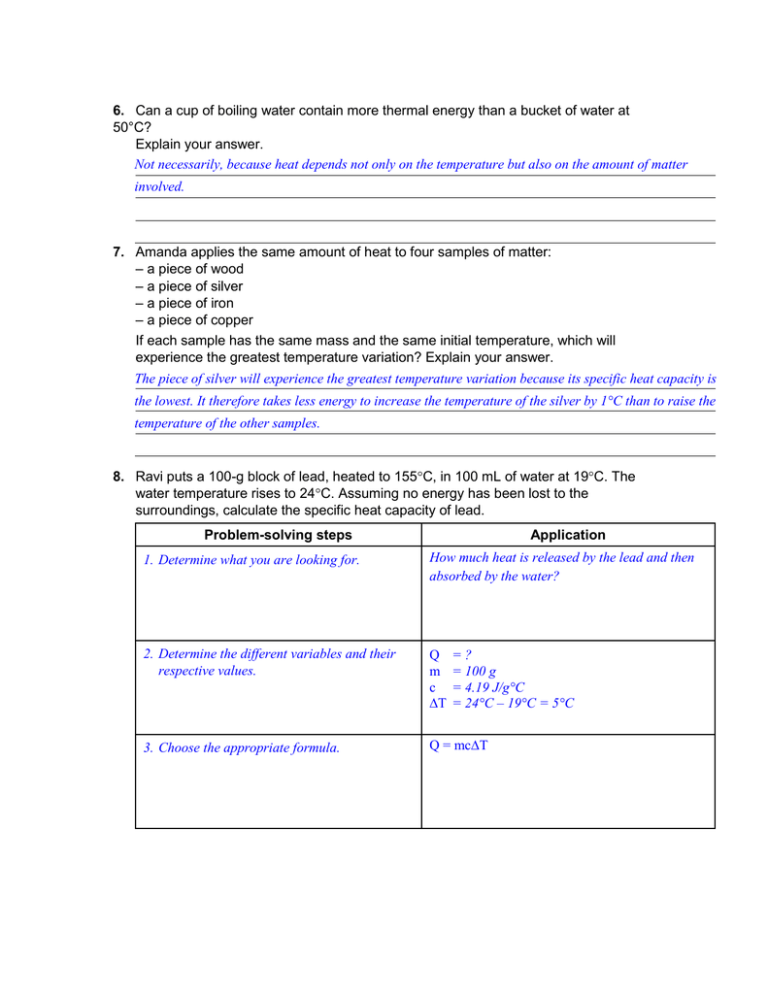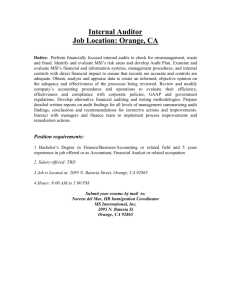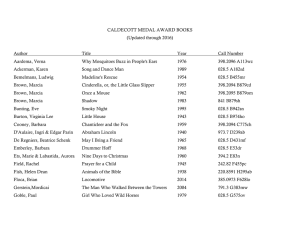6. Can a cup of boiling water contain more thermal energy than a
advertisement

6. Can a cup of boiling water contain more thermal energy than a bucket of water at 50°C? Explain your answer. Not necessarily, because heat depends not only on the temperature but also on the amount of matter involved. 7. Amanda applies the same amount of heat to four samples of matter: – a piece of wood – a piece of silver – a piece of iron – a piece of copper If each sample has the same mass and the same initial temperature, which will experience the greatest temperature variation? Explain your answer. The piece of silver will experience the greatest temperature variation because its specific heat capacity is the lowest. It therefore takes less energy to increase the temperature of the silver by 1°C than to raise the temperature of the other samples. 8. Ravi puts a 100-g block of lead, heated to 155C, in 100 mL of water at 19C. The water temperature rises to 24C. Assuming no energy has been lost to the surroundings, calculate the specific heat capacity of lead. Problem-solving steps Application 1. Determine what you are looking for. How much heat is released by the lead and then absorbed by the water? 2. Determine the different variables and their respective values. Q m c ∆T 3. Choose the appropriate formula. Q = mc∆T =? = 100 g = 4.19 J/g°C = 24°C – 19°C = 5°C 4. Replace each variable by its value and isolate the unknown variable. Q = 100 g 4.19 J/g°C 5°C = 2095 J 5. Check your solution and answer the problem question. The water absorbed 2095 J of heat. Therefore, the heat released by the lead equals 2095 J. Problem-solving steps Application 1. Determine what you are looking for. What is the specific heat capacity of lead? 2. Determine the different variables and their respective values. Q m c ∆T 3. Choose the appropriate formula. Q = mc∆T 4. Replace each variable by its value and isolate the unknown variable. c= 5. Check your solution and answer the problem question. The specific heat capacity of lead is 0.16 J/g°C. = –2095 J = 100 g =? = 24°C – 155°C = –131°C –2095 J 100 g –131°C = 0.16 J/g°C 9. You pour 250 mL of water into a glass just out of the freezer. After a while, you notice that the temperature of the water has fallen from 18°C to 12°C. a) How much heat has been transferred between the water and the glass? Problem-solving steps 1. Determine what you are looking for. Application How much heat was transferred between the water and the glass? 2. Determine the different variables and their respective values. Q m c ∆T 3. Choose the appropriate formula. Q = mc∆T 4. Replace each variable by its value and isolate the unknown variable. Q = 250 g 4.19 J/g°C –6°C = –6285 J 5. Check your solution and answer the problem question. A total of –6285 J of heat was transferred between the water and the glass. =? = 250 g = 4.19 J/g°C = 12°C – 18°C = –6°C b) Did the water give off or absorb energy? Explain your answer. The water gave off energy because its temperature dropped. c) Did the glass give off or absorb energy? Explain your answer. The glass absorbed energy because heat always passes from the warmer to the cooler environment.






